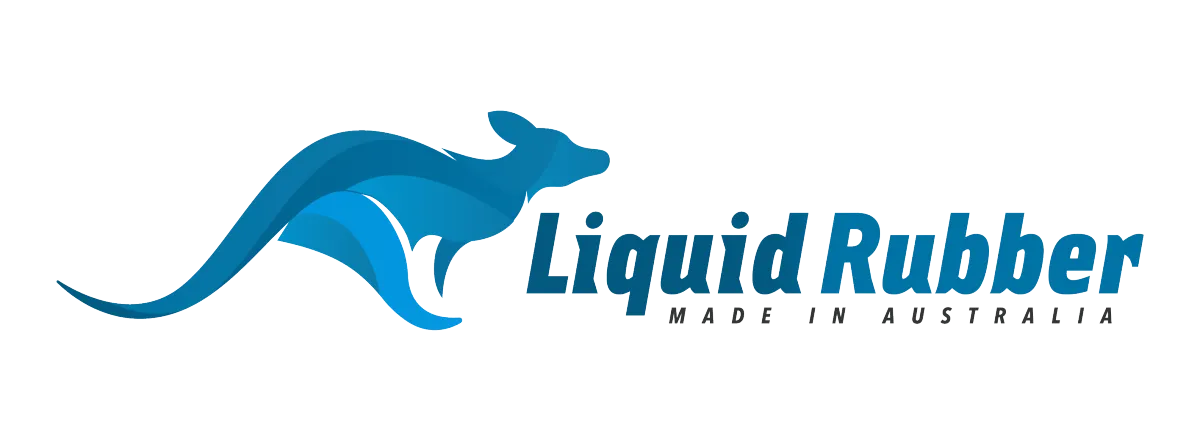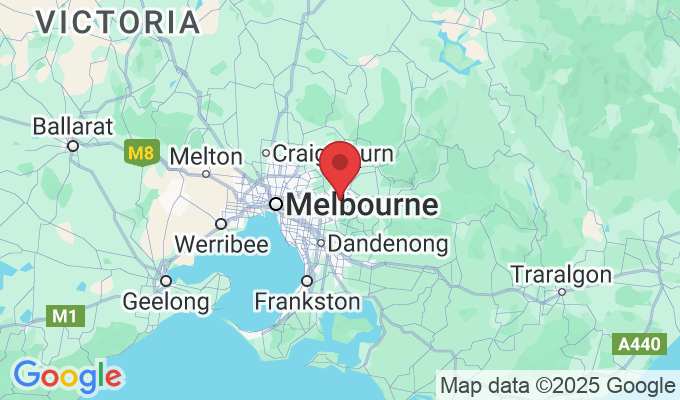DIY Liquid Rubber Videos
How to apply waterproofing membrane using bandage
Applying a waterproofing membrane effectively is key to protecting structures from water damage, and Liquid Rubber, combined with geo-textile bandages, offers a robust solution.
Prepare the Surface: Ensure the area is clean and smooth for application.
Apply Liquid Rubber: Spread Liquid Rubber evenly over the surface.
Add Geo-textile Bandages: Layer these bandages on the wet Liquid Rubber for reinforcement.
Allow to Cure: Give time for the Liquid Rubber to cure, forming a strong, waterproof barrier.
This approach, blending the durability of Liquid Rubber with the reinforcing power of geo-textile bandages, provides optimal coverage and longevity.
It's an ideal, cost-effective choice for various waterproofing needs, suitable for both DIY projects and professional applications.
Read more.
How to waterproof concrete slab
Waterproofing a concrete slab is vital for maintaining its durability and longevity, and Liquid Rubber is an exceptional choice for this purpose.
Surface Preparation: Begin with a well-prepared slab. Focus on smoothing the edges and thoroughly removing any debris to ensure a clean surface for application.
Apply Liquid Rubber: Once the surface is ready, apply Liquid Rubber evenly. Its excellent bonding properties with materials like plastic create a strong, water-resistant barrier.
Effective Waterproofing: The application of Liquid Rubber not only forms a protective layer but also significantly enhances the lifespan of the concrete slab.
Ideal for Various Projects: Liquid Rubber is a top choice among construction professionals and DIY enthusiasts for its versatility and effectiveness as a waterproofing membrane.
Using Liquid Rubber for waterproofing concrete slabs ensures a robust and long-lasting solution. It's an efficient method for those in the construction field or individuals embarking on DIY projects.
Read more.
How to waterproof shower base
Waterproofing a shower base is essential to prevent water damage, which can lead to costly repairs and structural issues. Liquid Rubber offers a revolutionary approach to shower waterproofing, suitable for both DIY projects and professional installations.
Address Timber Rot: Begin by stripping tiles and treating any areas affected by timber rot. This step is crucial for a solid foundation.
Apply Liquid Rubber: Use Liquid Rubber not only as a waterproofing membrane but also as an adhesive. This dual function ensures a secure and watertight seal.
Seal Thoroughly: Emphasize thorough sealing with Liquid Rubber to safeguard showers against potential water hazards.
Versatile and Cost-Effective: Liquid Rubber is an ideal solution for both renovations and new shower installations, offering versatility and cost-effectiveness.
Durable Finish: With Liquid Rubber, expect a watertight and long-lasting finish, ensuring the longevity and integrity of your shower.
For those looking to buy Liquid Rubber, it's a top-tier choice for effectively waterproofing shower bases. Its ease of application and reliable results make it a favorite among DIY enthusiasts and professionals alike.
Read more.
How to using Liquid Rubber to waterproof box gutter & chimney top
Waterproofing box gutters and chimney tops is crucial for maintaining the integrity of these structures, and Liquid Rubber provides an excellent solution.
Targeted Application: Liquid Rubber is ideal for waterproofing box gutters and chimney tops, areas prone to wear and tear.
Enhanced Durability: Its durability makes Liquid Rubber a top choice, ensuring a long-lasting solution against water damage.
Flexibility and Efficiency: The flexibility and efficiency of Liquid Rubber allow for a seamless, leak-proof barrier, adapting to the unique shapes of chimneys and box gutters.
Ideal for Chimneys and Box Gutters: Particularly effective for these areas, Liquid Rubber creates a robust barrier on chimneys, box gutters, and even cement caps.
Reliable Seal: By choosing to buy Liquid Rubber, you're opting for a reliable, long-lasting seal that prioritizes the safety and integrity of your home structures.
For those in need of a waterproofing membrane for their home projects, Liquid Rubber is an excellent choice. Its ease of application and proven effectiveness make it a go-to for both DIY enthusiasts and professionals looking to ensure a durable and efficient waterproofing solution.
Read more.
How to Use Roof Heat Reflective Top Coat
As summer heat intensifies, finding effective solutions for a cool and energy-efficient home becomes essential. Using Liquid Rubber in combination with a Roof Heat Reflective Top Coat offers a powerful solution to this challenge.
Effective Temperature Control: Applying a Roof Heat Reflective Top Coat over Liquid Rubber can significantly lower roof temperatures, making homes cooler.
Swift Bonding and Durable Finish: This combination ensures quick bonding, resulting in a durable and long-lasting finish.
Remarkable Temperature Drop: Roofs treated with Liquid Rubber and the reflective top coat have shown a substantial decrease in temperature, from 38 degrees to a more comfortable 24 degrees.
User-Friendly Application: Homeowners can easily apply the thermal top coat over an existing Liquid Rubber layer, making it a convenient option for DIY projects.
Innovative Approach for Summer Heat: This method is an innovative way to combat the summer heat, ensuring a cooler home environment and extending the lifespan of your roof.
For those looking to buy Liquid Rubber and a Roof Heat Reflective Top Coat, this combination is a smart investment. Ideal for DIY enthusiasts, this approach offers a practical and efficient way to keep your home cool during the hot summer months.
Read more.
How to Prepare a Retaining Wall for Waterproofing?
How to Waterproof & Timber Veranda/Balcony?
How to Seal and Waterproof a Concrete Facade?
How to Waterproof a Caravan/RV Roof?
Contact Us
17 Vivian Street Blackburn North 3130 Victoria, Australia

